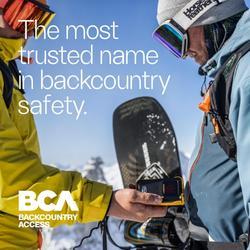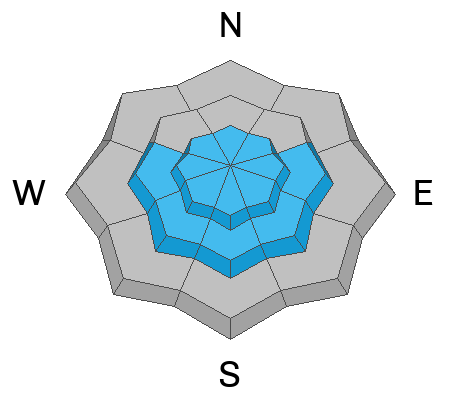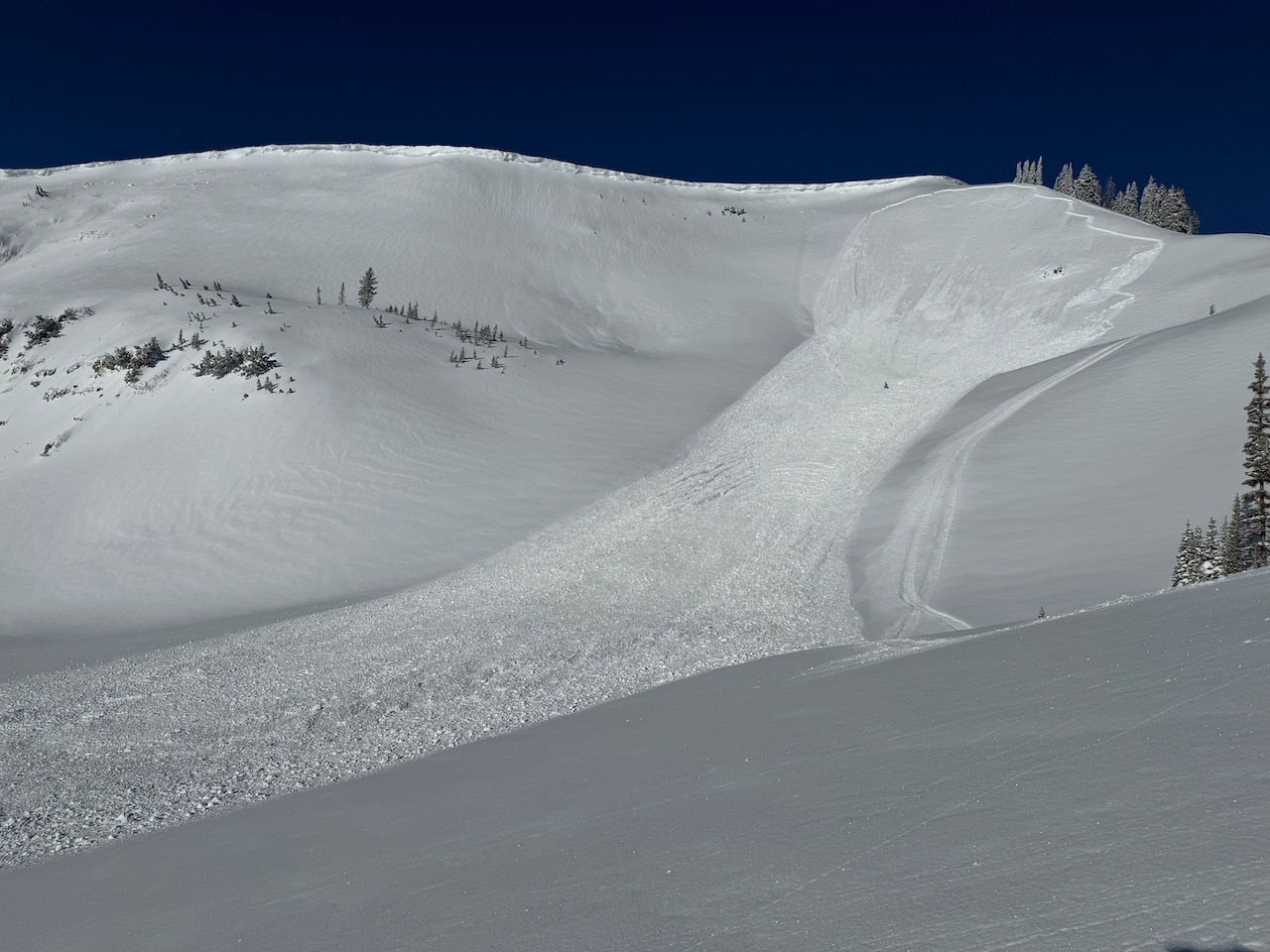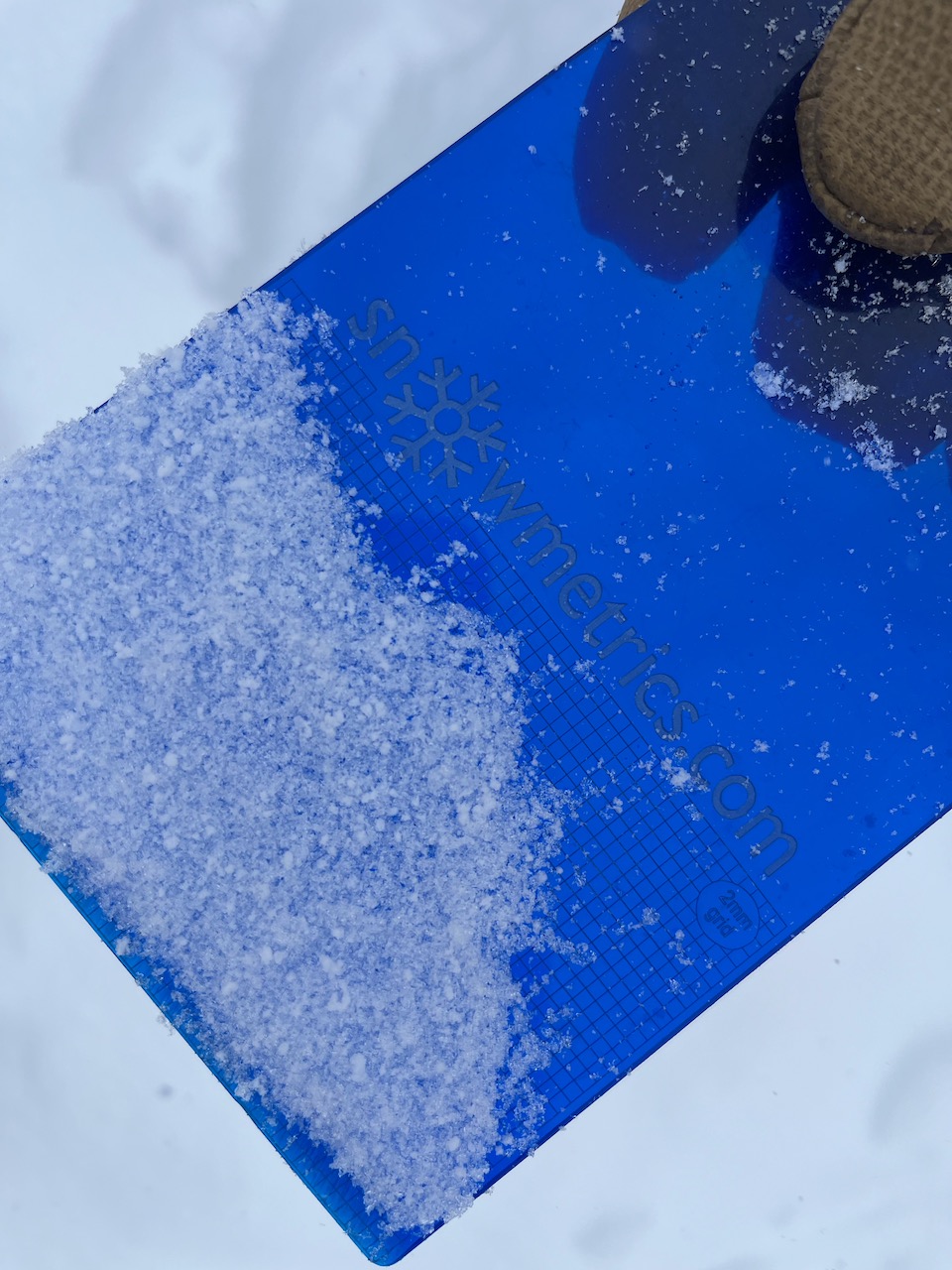Forecast for the Logan Area Mountains

Issued by Toby Weed on
Sunday morning, February 18, 2024
Sunday morning, February 18, 2024
Today, periods of heavy snowfall and drifting by strong winds out of the west will elevate the avalanche danger, and human-triggered avalanches are possible on many slopes steeper than 30°. A CONSIDERABLE danger exists in drifted upper elevation terrain, where natural avalanches are possible and people are likely to trigger avalanches of wind-drifted snow failing up to 2 feet deep on a thin, persistent weak layer.
Careful snowpack evaluation, cautious route-finding, and conservative decision-making are essential for safe backcountry travel.

Low
Moderate
Considerable
High
Extreme
Learn how to read the forecast here







